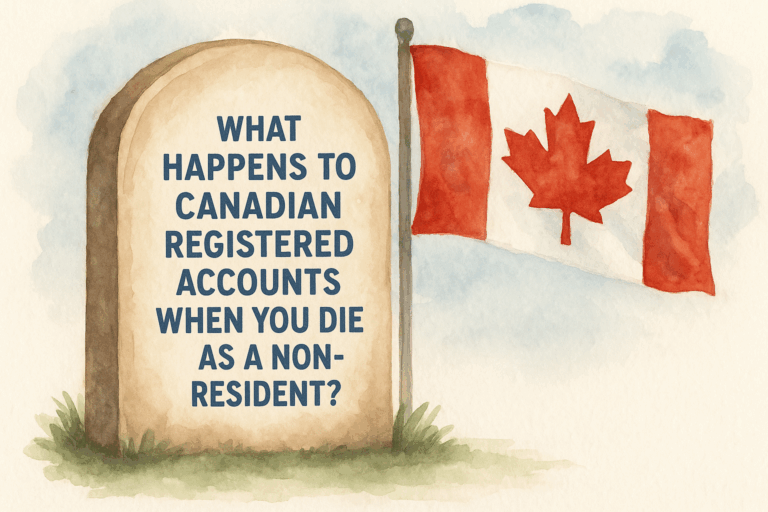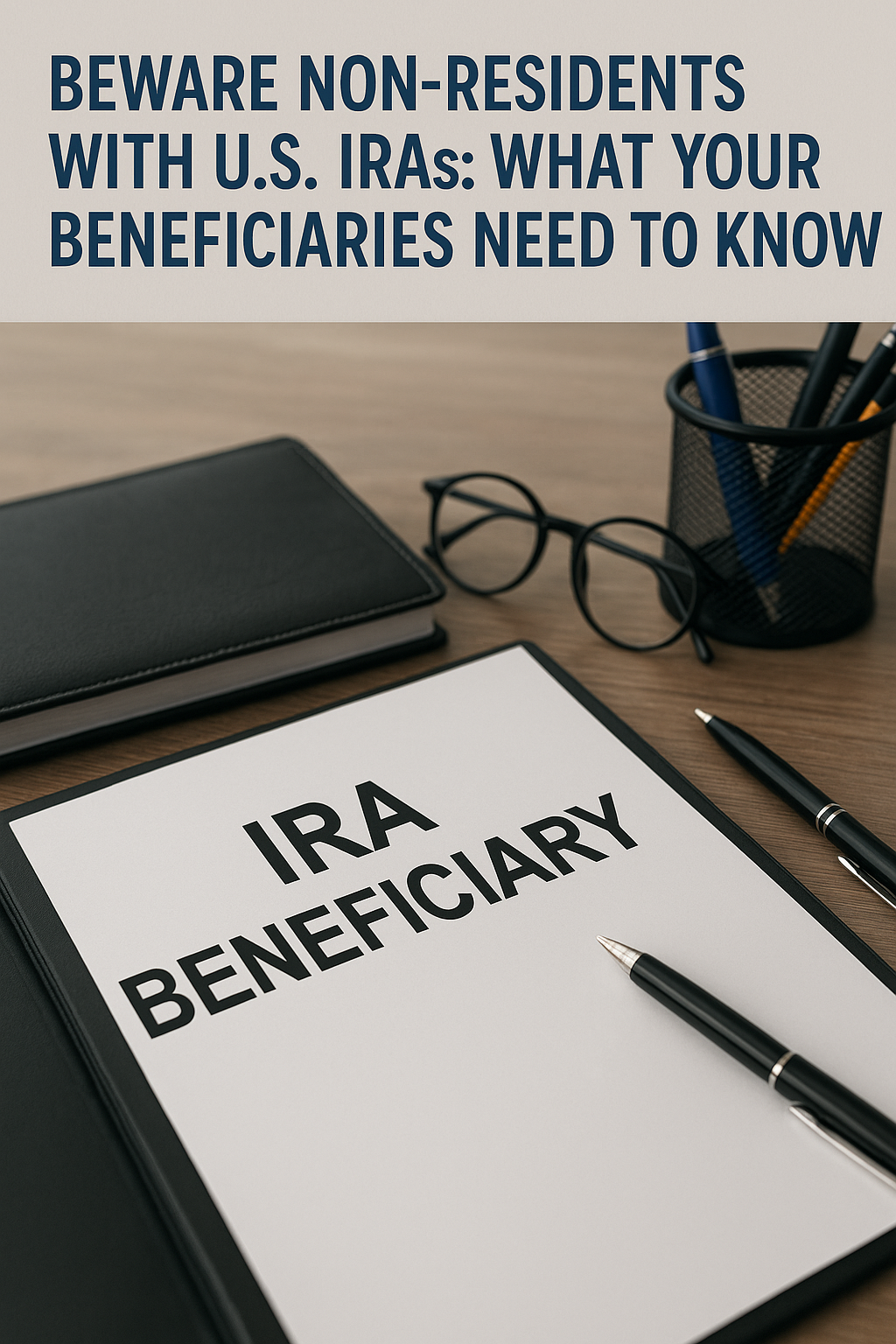 alt="Currency Management" class="wp-image-1481"/>
alt="Currency Management" class="wp-image-1481"/>Managing investments and cash flow across different currencies is crucial for effective financial planning, especially when dealing with cross-border transactions. As someone with assets in both Canadian dollars (CAD) and U.S. dollars (USD), I recognize the importance of understanding currency exchange trends.
Strategically planning conversions is a key step in protecting and growing my financial interests. By focusing on key considerations for managing currency exchange risks, I can better ensure my financial well-being and navigate the complexities of global finance effectively.
Currency Exchange Risk: Not Speculation, But Strategy
When managing currency exchange, the goal isn’t speculation but mitigating risk while aligning assets with future spending needs. Exchange rates generally exhibit mean reversion, meaning they tend to hover around a long-term average unless there’s a structural economic change. For example:
- The average long-term exchange rate between USD and CAD is approximately 1.2 when converting from USD to CAD or 0.8 when converting CAD to USD.
- Recent years have seen higher conversion rates from USD to CAD, with a peak of 1.4497, while parity (1:1 exchange) hasn’t occurred since 2008.
Key Considerations for Currency Conversion
When converting currency, keep these factors in mind:
- Future Spending Needs
Align your assets with the currency you’ll require in the future. For example, if you plan to retire in the U.S., gradually converting CAD to USD may make sense. - Current Exchange Rates
Monitor rates periodically. If converting to CAD, consider acting when the rate exceeds 1.4, as it recently did. - Tax Implications
Selling investments to convert currency can trigger capital gains taxes. Timing conversions during market downturns may reduce taxable gains.
Strategies for Managing Currency Conversion
Immediate Needs: When I need cash in another currency quickly, I compare rates using platforms like OFX or Wise, which usually offer better rates than banks.
Future Needs: For my long-term planning, converting incrementally helps me benefit from favorable exchange rates and reduce taxes. A cross-border advisor can be valuable in monitoring rates for the right opportunities.
Market Downturns: In market corrections, converting investments becomes beneficial as lower capital gains reduce tax costs, especially with a good exchange rate.
Pre-Investment Conversion: If I know I’ll need another currency later, converting before investing lets my capital grow in the currency I plan to use.
Special Considerations for Cross-Border Retirement Accounts
- For U.S. Residents with Canadian RRSPs
Some custodians allow USD RRSPs, enabling you to wait for favorable exchange rates without triggering tax consequences. Converting your RRSP to USD can also have investment and tax benefits. - For Canadians with U.S. IRAs
Unfortunately, CAD IRAs aren’t widely available, so conversions typically occur upon distributions. Maintaining tax deferral is usually advantageous, so avoid premature conversions.
Tools for Better Currency Exchange Rates
I find that using platforms like OFX and Wise helps me secure better exchange rates. These services are ideal for large transfers, offering significant savings.
Conclusion: Strategic Currency Management Across Borders
Currency management is a vital component of cross-border financial planning, especially for those navigating life across the 49th Parallel. By aligning your assets with your future needs, monitoring exchange rates, and considering tax implications, you can maximize the value of your wealth.
At 49th Parallel Wealth Management, we specialize in cross-border retirement strategies to help you make the most of your money. Reach out today to discuss your unique situation!
For more insights, visit 49th Parallel Wealth Management or contact us directly.
Frequently Asked Questions
What are the key principles of strategic currency management for cross border wealth?
In my experience, strategic currency management is about understanding the interplay between different currencies and how they affect international investments. It involves setting clear objectives, such as reducing risk or enhancing returns, and using hedging techniques to manage these risks. Aligning currency strategies with overall investment goals is crucial.
How can investors effectively manage currency risks in international portfolios?
To effectively manage currency risks, I employ diversification, which spreads exposure across various currencies to mitigate risk. Using derivatives, like options and futures, allows me to hedge against unfavorable currency movements. According to insights on managing currency risk, it’s essential to regularly reassess and adjust strategies as market conditions change.
What strategies can be employed to optimize currency exchange for wealth maximization?
Maximizing wealth through currency exchange involves timing transactions to take advantage of favorable rates. I often use forward contracts to lock in exchange rates and prevent future volatility. Implementing forex volatility management techniques can also aid in optimizing currency exchanges.
In what ways can geopolitical factors impact cross border wealth via currency fluctuations?
Geopolitical events, such as elections or trade negotiations, can lead to currency fluctuations by affecting market sentiment and economic stability. I monitor these events closely to adjust my investment strategies accordingly. Understanding these influences helps me navigate potential risks and seize opportunities as they arise.
What role does central bank policy play in cross border wealth management strategies?
Central bank policies, including interest rate decisions and monetary policy changes, have significant effects on currency values. I stay informed about these policies because they can influence cross-border investments and risk management strategies. By keeping an eye on central bank announcements, I can anticipate shifts in currency values and adjust my holdings strategically.
How can one gauge and protect against the volatility inherent in foreign exchange markets?
Gauging and protecting against forex volatility involves using tools like volatility indexes and technical analysis to forecast market movements. By implementing a mix of hedging strategies, such as put spreads discussed in currency management strategies, I can safeguard my investments. Regular portfolio reviews and adjustments are essential to staying protected against unexpected market changes.




